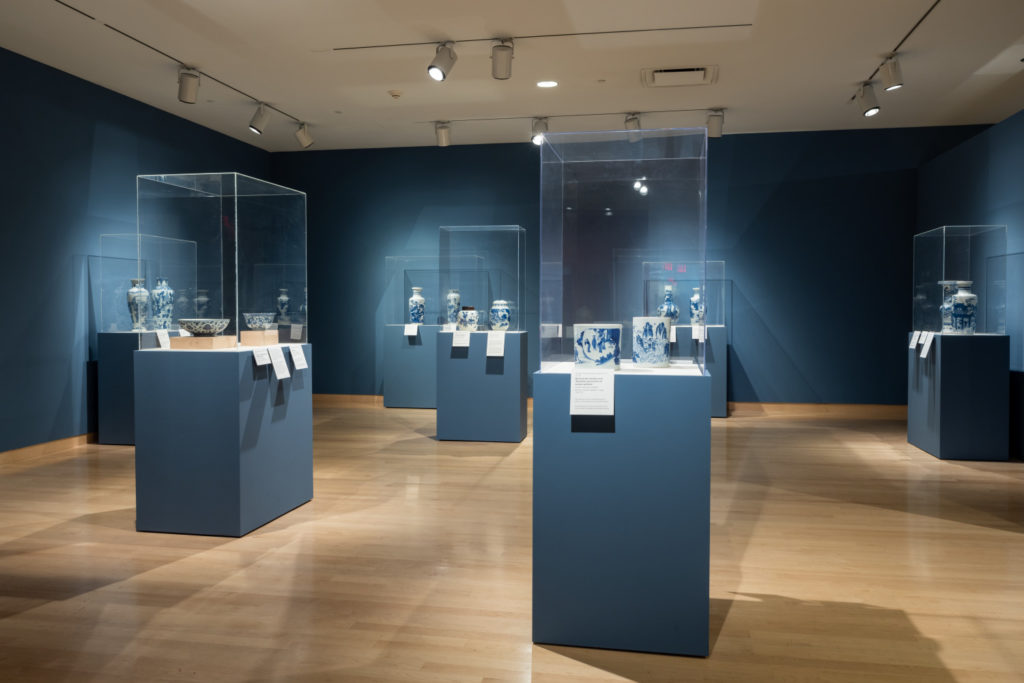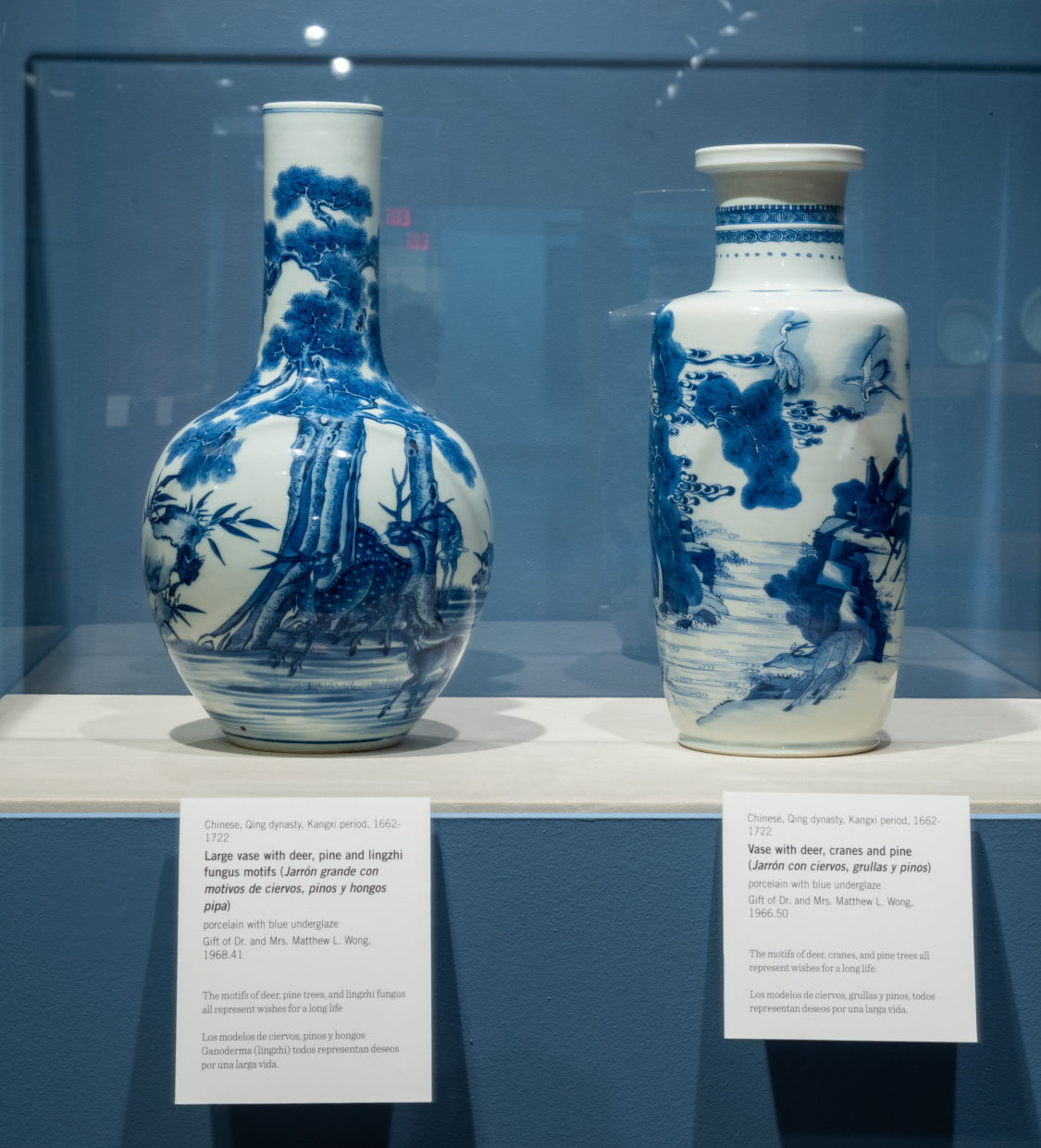The Science of Chinese Porcelain

Aug, 03, 2021
Art
The Science of Chinese Porcelain

Installation view, Colors of Sky and Clouds: Chinese Blue-and-White Porcelain, 2020, Phoenix Art Museum. Photo: Airi Katsuta. Courtesy of Phoenix Art Museum.
For our recent PhxArt Virtual Visit exploring the intersections of art, science, and technology, Janet Baker, PhD, the curator of Asian art at Phoenix Art Museum, offered insight into the history of and science behind Chinese porcelain, an outstanding selection of which is on view now in Colors of Sky and Clouds: Chinese Blue-and-White Porcelain in the Art of Asia galleries. Read on to learn about when, where, and how the first and finest examples of Chinese porcelain were made.
“Phoenix Art Museum has a wonderful collection of Chinese porcelain, and learning about these works requires a unique combination of history and science.
Porcelain is a ceramic material made by heating clay in a kiln to extremely high temperatures, around 2,200–2,600 °F (1,200–1,400 °C). This high level of heat, combined with the right mixture of elements, produces a ceramic that is strong, translucent, and vitrified, or impervious to water. This quality makes it useful for crafting dishes for food and drink, as well as objects used in technology and industry. Most toilets, for example, are made of porcelain.
So, what materials are used to make porcelain? Kaolin or kaolinite is the primary ingredient, along with varying amounts of feldspar, glass, steatite, quartz, petuntse, or alabaster. Porcelain objects can be made on a potter’s wheel or poured into moulds and are then fired in the kiln to set their shapes and vitrify the clay body. Glazes and paint can be added for decoration to add color and painted patterns.
Porcelain was invented in China through a long, slow process over centuries that began about 2,000 years ago. By around the eighth century, the whiteness and translucency that we see today had been achieved. These Chinese wares began to be exported by Chinese makers to the Islamic world, where they were highly prized. By the 13th century, production of the finest porcelain in the world occurred in a single city in China, now Jingdezhen, where natural deposits of kaolin were plentiful. These wares were made solely for the use of the imperial court. Porcelain is still made in Jingdezhen today.
By the 13th century, Chinese porcelain wares were being exported to the rest of Asia, and by the 16th century, they made their way via ship to Europe. Eventually, they were exported to the Americas, serving as ballasts in ships laden with Chinese tea. The most coveted type of porcelain is called “Blue and White,” or wares with pure white clay bodies on which exquisite pictures of floral and abstract designs were painted in rich shades of cobalt blue, a pigment likely imported from regions west of China. Portuguese traders to China returned home with samples of kaolin to attempt to produce such wares themselves, but they lacked the techniques and combination of ingredients to master the secrets of fine porcelain. By the 18th century, ceramic artists in Europe managed to crack the code and create porcelain from kaolin and alabaster.”
– Janet Baker, PhD, curator of Asian art
Categories
What can we help you find?
Need further assistance?
Please call Visitor Services at 602.257.1880 or email